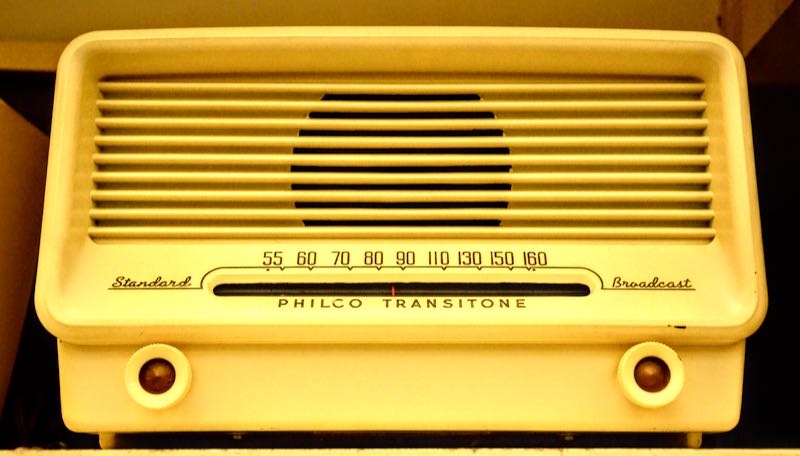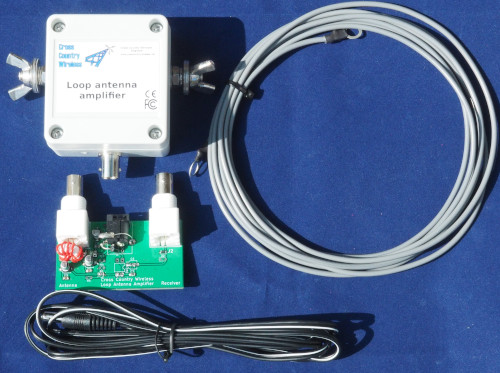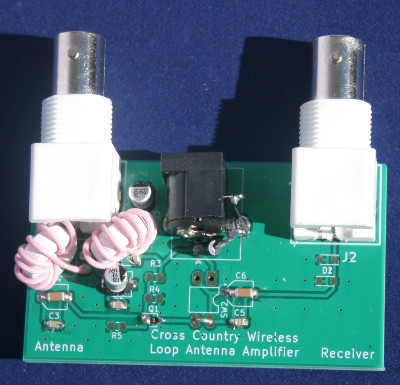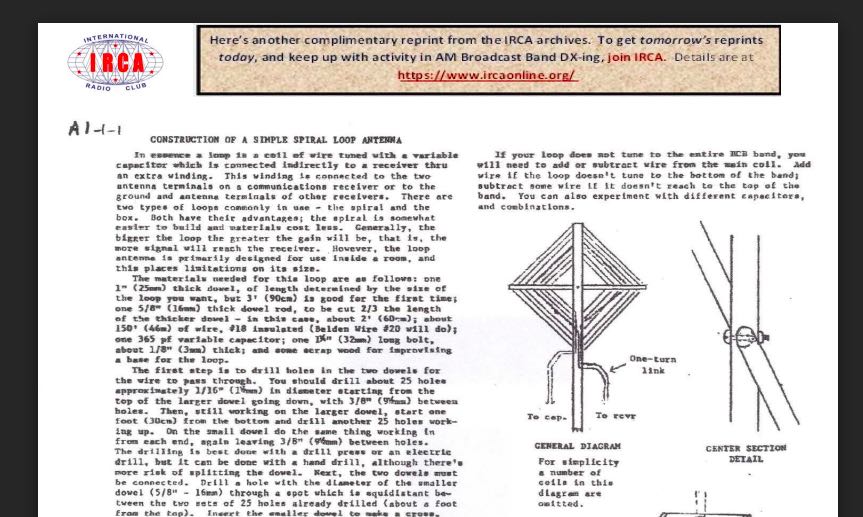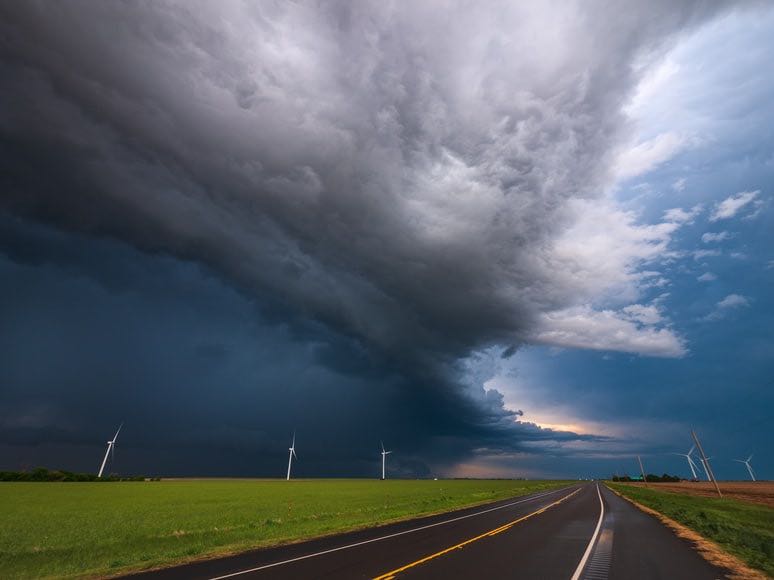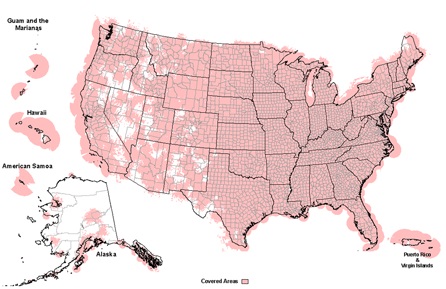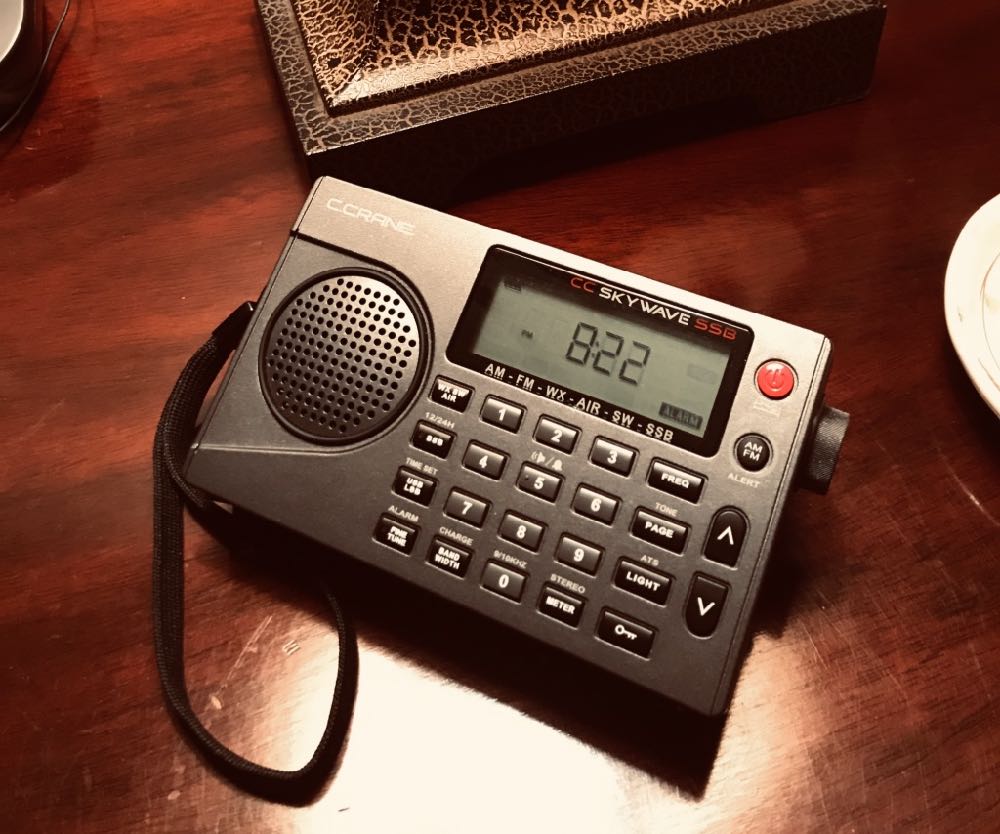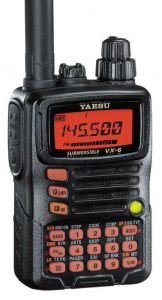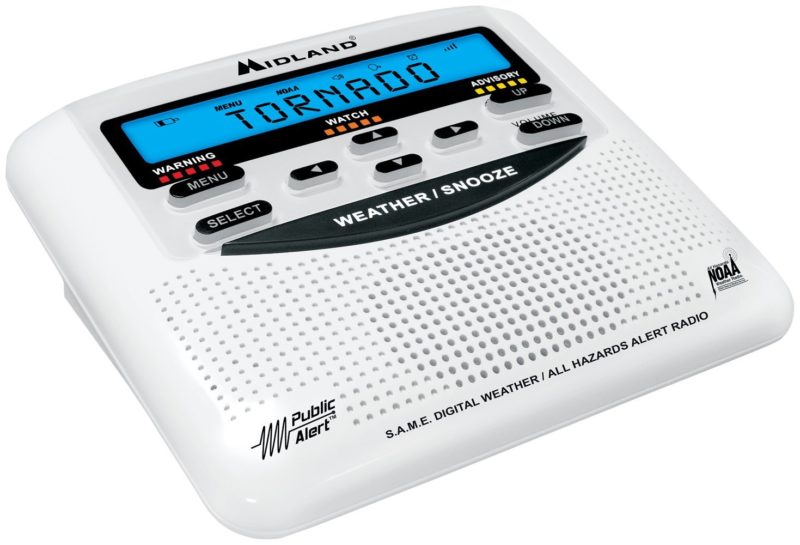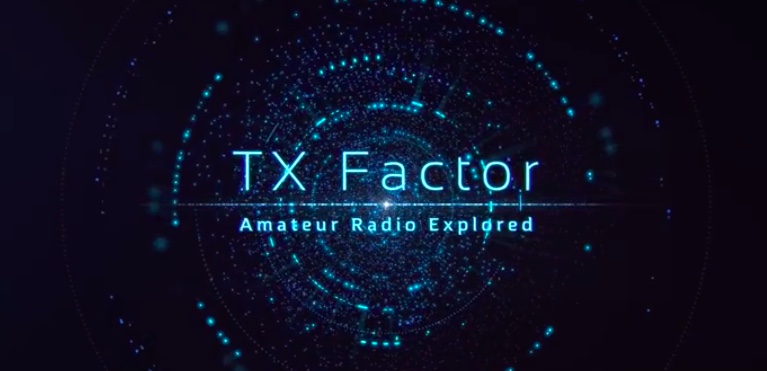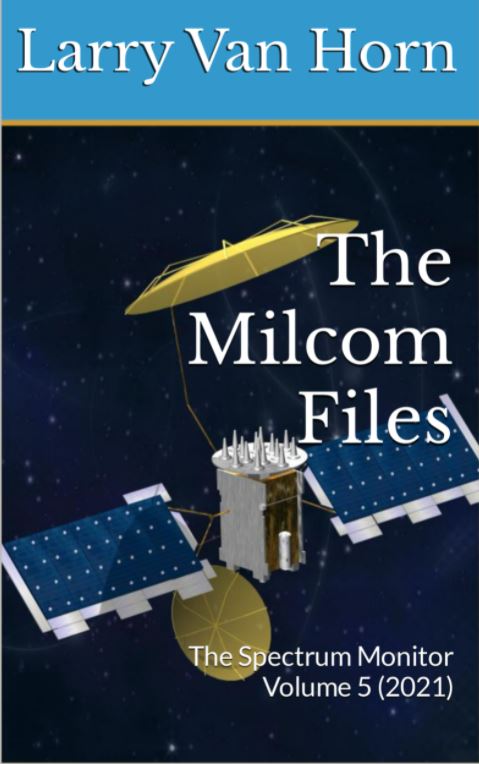Radio Waves: Stories Making Waves in the World of Radio
Because I keep my ear to the waves, as well as receive many tips from others who do the same, I find myself privy to radio-related stories that might interest SWLing Post readers. To that end: Welcome to the SWLing Post’s Radio Waves, a collection of links to interesting stories making waves in the world of radio. Enjoy!
Turkey demands Deutsche Welle, VOA and Euronews apply for a licence (Broadband TV News)
Turkish media regulator RTÜK has given three international broadcasters 72 hours to apply for a licence or have their online content blocked.
Voice of America (VOA), Deutsche Welle (DW) and Euronews are including video on their websites and are seen as among the few independent news sources still available in Turkey.
RTÜK published a statement on its website Monday, signalling the start of the 72 hour period.
If the procedure for applying for a licence is underway, a broadcaster can continue on-air for another three months, providing the anticipated licence fee is paid to the regulator in advance. [Continue reading…]
Finding MH370: New breakthrough could finally solve missing flight mystery (60 Minutes Australia via YouTube)
Is the biggest aviation mystery of all time, the disappearance of Malaysia Airlines flight MH370, about to be solved? Yes, if you believe the man you’re about to meet. Richard Godfrey is no crackpot; he’s a respected British aerospace engineer and physicist who says he’s found the doomed airliner. If he’s right, he’ll provide desperately needed answers for the families of the 239 passengers and crew who were aboard the Boeing triple-seven when it vanished eight years ago. But knowing where it is isn’t the end of the story – Richard also has to convince authorities to resume the search that’s already cost hundreds of millions of dollars.
Click here to view on YouTube.
Retired electrical engineer, 85, has £15,000 collection of 200 antique radios that he has been building up for 50 years – including one of the oldest sets in the UK (The Daily Mail)
A grandfather-of-five has revealed his impressive antique radio and test instrument collection worth up to £15,000.
Richard Allan, a retired electrical engineer, has spent the last fifty years collecting antique transistor, valve and crystal sets and has now shown off his impressive collection of more than 200 pieces.
The 85-year-old from Norfolk, first fell in love with radios because of his father, Alexander William, who built his own transmitter and spoke to people all over the world through the airwaves.
In fact, Richard’s first – and favourite radio within his collection – is the one his father, a HAM, or amateur radio lover, played non-stop during World War II after purchasing in 1938.
Another notable piece within his collection is an E52b German military radio, captured in a vehicle at Foxhill, Bath, which was where his father worked in the Admiralty. [Continue reading…]
Free online amateur radio Technician license class (Southgate ARC)
The Montgomery Amateur Radio Club in Maryland is offering a free online Zoom amateur radio Technician license class on seven Saturdays from March 19, 2022 through April 30, 2022 from 1:00 PM to 4:00 PM with an outdoor free test session on Sunday, May 1, 2022 8:30 AM to 11:00 AM.
More information about this Zoom class is at
https://www.marcclub.org/mweb/education/classes/technician.html
This is a great opportunity for you to get your amateur radio license. To learn more about amateur radio, also known as ham radio, go to http://www.arrl.org/what-is-ham-radio
To register for this free class, send an email to [email protected] .
Also, please distribute this announcement to anyone who expresses an interest in getting their ham license and to any newly licensed hams.
Thank you,
David Bern, W2LNX
MARC education committee
Do you enjoy the SWLing Post?
Please consider supporting us via Patreon or our Coffee Fund!
Your support makes articles like this one possible. Thank you!

